
The Columbian Exchange of Old and New World Foods (Grades 9-12)
Students explore New World and Old World food origins to discover how the Columbian Exchange altered people’s lives worldwide.

Students explore New World and Old World food origins to discover how the Columbian Exchange altered people’s lives worldwide.

Students explore New World and Old World food origins to discover how the Columbian Exchange altered people’s lives worldwide.

Students explore New World and Old World food origins to discover how the Columbian Exchange altered people’s lives worldwide.
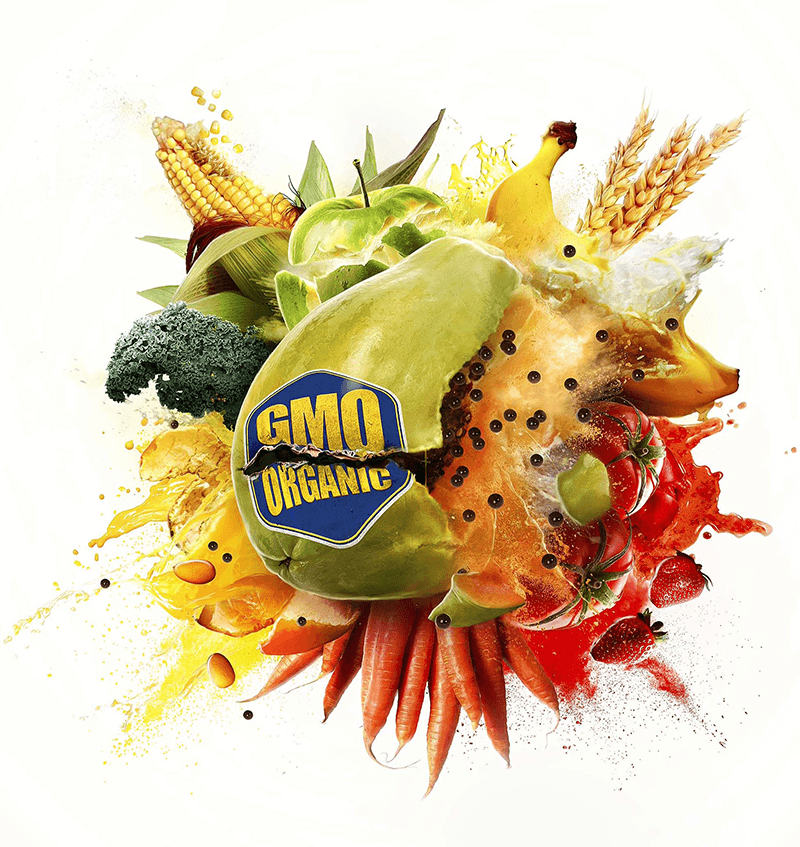
Students will view the 2016 documentary Food Evolution to evaluate the polarized debate surrounding bioengineering (GMOs). In this film director, Scott Hamilton Kennedy travels from Hawaiian papaya groves to Ugandan banana farms, to cornfields in Iowa to document how agricultural technology can be used in such varied crop settings. This lesson covers a socioscientific issue and aims to provide students with tools to evaluate science within the context of social and economic points of view.
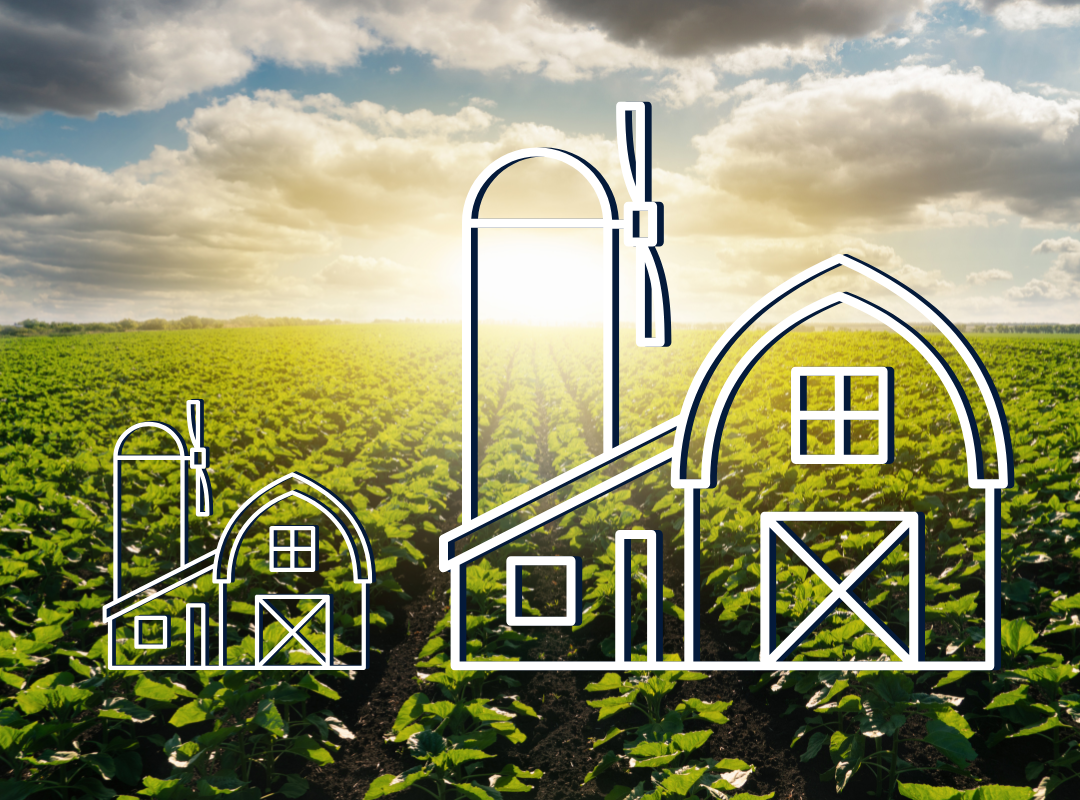
Discover how technological advances and economic forces influence the size of farms in the United States. Evaluate the pros and cons of large-scale agriculture for the production of our food, fuel and fiber and identify the similarities and differences in commercial vs subsistence farming.
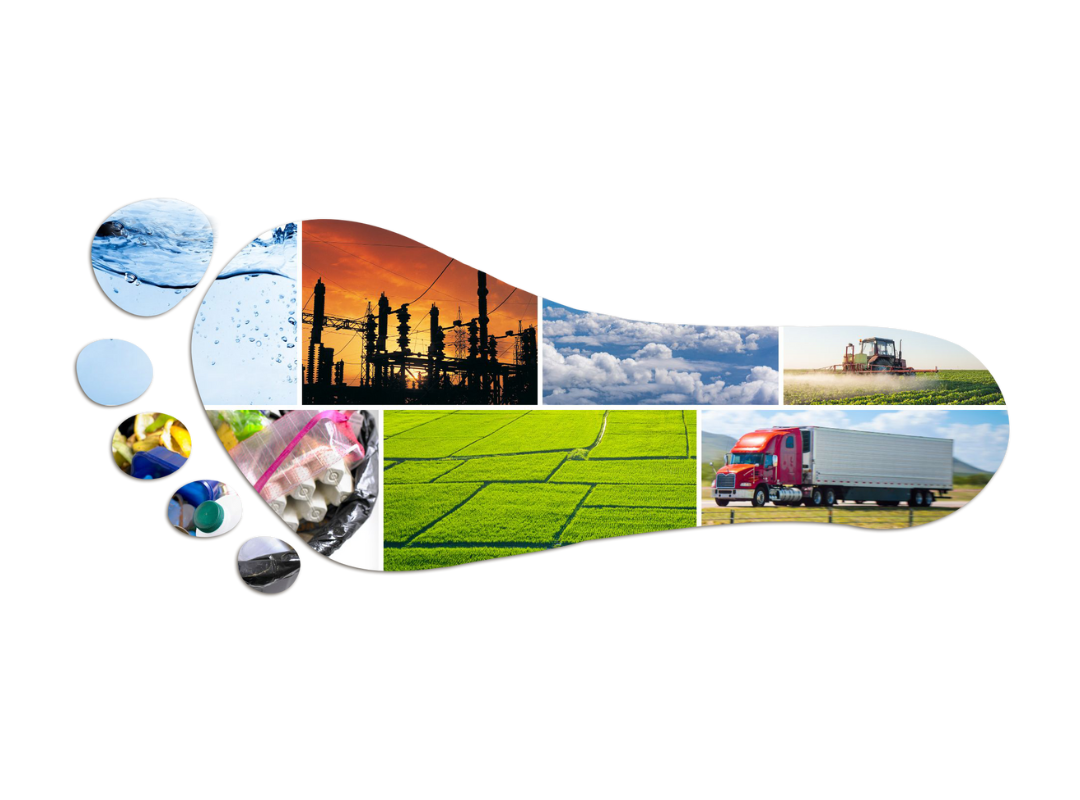
Students examine the environmental footprint of food by discovering factors along the farm-to-fork process that contribute to a food's environmental footprint and discuss possible solutions to create a sustainable future through the foods we eat.
Explore modern livestock farming practices and the ecological footprint of meat, milk, and egg production. Evaluate the contributions of the livestock industry and weigh the challenges related to environmental and economic sustainability of animal-source foods in comparison to plant-source foods.
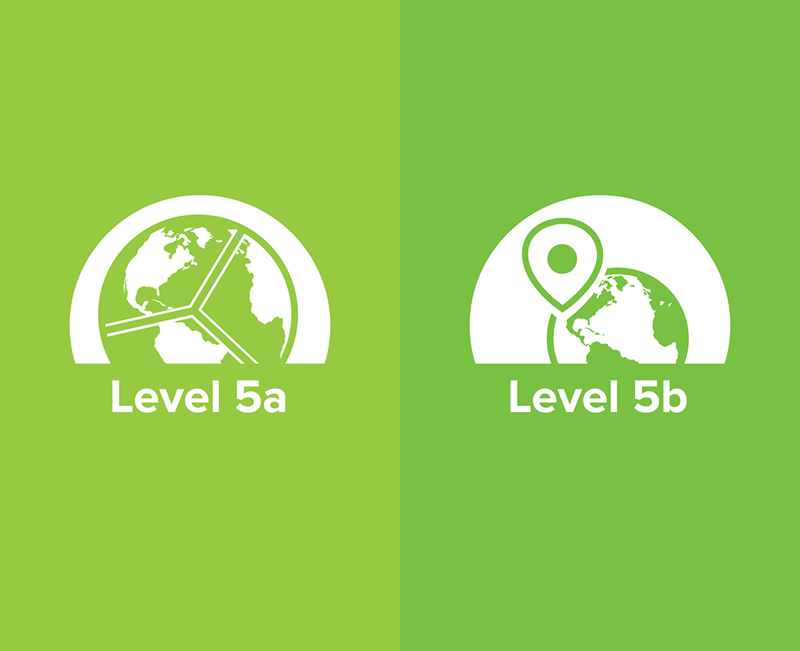
Students will recognize that arable land (ideal land for growing crops) is a limited resource, identify best management practices that can be applied to every stakeholder’s land-use decisions; and analyze and discuss the impacts of food waste on our environment.

Students evaluate the growth of human populations across time, analyze graphic data to make predictions about future population growth, research country statistics to evaluate demographic transition, and participate in a simulation of a village reliant on subsistence farming. Students begin to develop a sense for the Earth's carrying capacity and how humans have impacted it.

Students will recognize that arable land (ideal land for growing crops) is a limited resource, identify best management practices that can be applied to every stakeholder’s land-use decisions; and analyze and discuss the impacts of food waste on our environment.
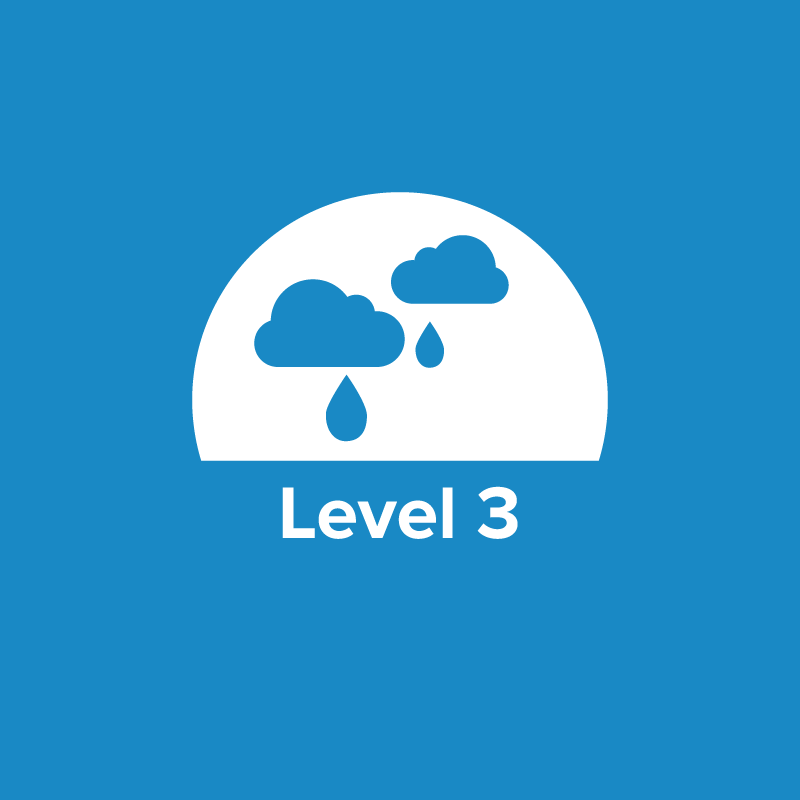
Students will discuss the limited amount of fresh water on earth, identify how best management practices can reduce water consumption, discuss the need for water conservation and protection, and compare and contrast methods of irrigation for water conservation.

Students will discuss the limited amount of fresh water on earth, identify how best management practices can reduce water consumption, discuss the need for water conservation and protection, and compare and contrast methods of irrigation for water conservation.